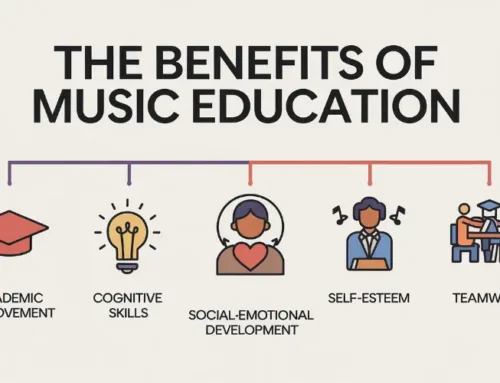Introducing your child to a musical instrument is an exciting milestone, but selecting the right one can be overwhelming. If your young musician dreams of playing the tenor saxophone, understanding the key factors that contribute to a positive learning experience is crucial. In this guide, we’ll delve into the differences between tenor and alto saxophones, discuss weight considerations for young players, and highlight quality indicators to look for when choosing the perfect tenor saxophone for your aspiring jazz artist.
Tenor vs. Alto Saxophone: What’s the Difference?
When deciding between a tenor and alto saxophone, understanding their unique characteristics is essential. The tenor saxophone, measuring approximately 28 inches (71 cm) in length, is larger than the alto, which is about 25 inches (64 cm) long. This size difference requires more air to produce sound and slightly different fingering techniques.
In addition to size, the tenor saxophone weighs around 6 pounds (2.7 kg), while the alto weighs about 4.5 pounds (2 kg). This weight difference can significantly affect a young player’s comfort and ability to handle the instrument for extended periods.

Tonally, the tenor saxophone produces a deeper, richer sound compared to the alto’s brighter, more piercing tone. The tenor’s warm timbre makes it a popular choice for jazz, blues, and classical music, while the alto’s cutting sound is well-suited for lead roles in jazz ensembles and marching bands.
Choosing the Right Size Saxophone for Your Child
When selecting a tenor saxophone for a young musician, consider their physical development and ability to comfortably handle the instrument’s weight. According to saxophone instructor John Smith, “A saxophone that is too heavy can cause fatigue, poor posture, and even pain, which can discourage a child from practicing and hinder their progress.”
For younger children (ages 8-10), starting with a smaller saxophone like a soprano or alto can help them develop proper technique and breath control before transitioning to a tenor. Older children (ages 11+) who are physically ready for a tenor saxophone should look for models designed with younger players in mind, featuring ergonomic keys and lightweight materials.
Quality Matters: What to Look for in a Tenor Saxophone
Investing in a quality tenor saxophone is crucial for ensuring a positive playing experience and nurturing your child’s love for music. When evaluating the quality of a tenor saxophone, consider the following factors:
1. Material: High-quality brass provides excellent durability and tonal properties. Avoid cheaper alloys that may not withstand regular use and may produce inferior sound.
2. Keywork: Check for smooth, quiet key movement without sticking or clicking. Keys should be evenly spaced and easy to reach for young hands.
3. Padding: Ensure pads create a tight seal when keys are closed to keep proper intonation. Look for high-quality leather pads that are well-seated and free from damage.
4. Intonation: Play a few notes to check for consistent intonation across the instrument’s range. A well-crafted tenor saxophone should have accurate pitch and a clear, focused sound.
Renowned brands like Yamaha, Selmer, and Keilwerth offer a range of tenor saxophones suitable for beginners, with features designed to support young players’ development. Prices can vary widely, from around $1,000 for entry-level models to over $3,000 for professional-grade instruments.
Avoid low-cost, off-brand saxophones or those made with inferior materials, as they often have poor intonation, subpar keywork, and inconsistent build quality, which can hinder your child’s progress and discourage them from continuing their musical journey.
To further support your child’s learning experience, explore the comprehensive online music education resources offered by Practicing Musician.
Their expert guidance, engaging lessons, and interactive tools are designed to help beginners develop a strong foundation and foster a lifelong love for music.

Not sure about committing to a purchase just yet?
Consider renting a tenor saxophone to give your child a chance to try the instrument before investing. Learn more in our guide,








Leave A Comment
You must be logged in to post a comment.